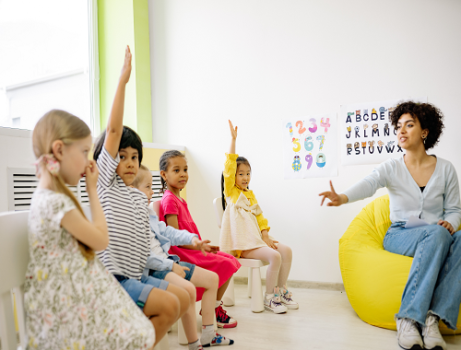Learning about culture is natural to us. We realize it through our families and close communities’ beliefs and practices. We learn through what we see around us.
However, we can’t find the whole world in our neighborhoods. Children attending schools might meet people from diverse backgrounds and cultures. This is another exposure to their understanding of different cultures in their society.

On May 14, 2022, Japan Day organized the first-ever Japan Parade in New York City.
Remember, there are more international cultures than we might think, and they might not be present in our classes or neighborhoods. So it would only be good for students to learn about global cultures to help them envisage the variety of human beliefs and practices.
What are Cross-cultural Programs
Cross-cultural programs and exercises are common around the world. These programs, also called virtual international exchanges, are a part of a global understanding initiative. Students in schools interact with students from the same age group in another part of the world. Such an interaction can be in an extended course form that can be virtual, offline, or hybrid. They share their common cultural knowledge with their student counterparts and answer questions from each side.
This cross-cultural communication is essential for students to learn the fundamental differences between people from different backgrounds. It is another way of giving practical lessons to students rather than trying to read out to them. For example, an elementary school child might not understand how people from Asian countries have different accents until they talk to them through a virtual meeting.
Diversity is different from Cross-culture.
Diversity within schools is different from cross-cultural communication. We know America is a culturally diverse country. Various racial and culturally diverse groups form a large part of the American population.

American schools representing the diversity in their society.
A school might be called a diverse school when it represents the variety of demographics present in society in a good proportion.
Diversity in schools would mean an equal opportunity to students and educators from different societal backgrounds in educational institutions. On the other hand, cross-culture communication is a term that includes interaction and understanding between different cultures. It is broader because it comprises interaction with persons from different cultures within the neighborhoods and from other parts of the world.
Importance of Cross-Cultural Education
Understanding human behavior is not easy, but the awareness of different human practices can be a start. Immersing in gaining knowledge of another culture can make a student more aware as everyone might not get a chance to travel in different countries.
Knowing about different cultures helps us become sensitive to their common beliefs, traditions, and practices and generate genuine respect for them. Children who have learnt about different cultures can grow up to be more respectful and less stereotypical of others’ cultures.
It is just like learning a foreign language. It can be useful in future interactions with people who speak that language. Learning about another culture can make us more empathetic and behaviorally sensitive.
Additionally, it can open economic opportunities in other countries in the future. It can also help us work harmoniously with people from other cultures in our workplace.
Cross-cultural education, like diversity inclusion, can help students be more accepting toward others, irrespective of their backgrounds. Growing up among diverse groups and learning about different cultures can make students not only knowledgeable but also responsible as cosmopolitan citizens.
Why should cross-culture education be taught at the school level?
It is well known that young minds learn better. Schooling is when students learn about the basics because they have curious minds. They might ask relevant and irrelevant questions at this age, but they will learn and remember.
Some contrasting voices say that children are too young to learn about other cultures because they are still learning about their own. They believe that students should first understand their own culture in depth and value and then get a taste of the cultural practices of others.
Nowadays, with the help of social media and culturally-diverse programs on various channels, children can learn about cultures in different countries. While this is true, not every program is child-friendly, and often, those programs have stereotypes that can render misrepresentation.
With the help of cross-cultural interactions organized by different organizations, students can interact with other students of the same age. This can help them connect better with one another.
Conclusion
Global educators who promote equity in education also promote the idea of cross-cultural education. It is like value education, instilling values to know and accept people from other backgrounds. Global education can bring global understanding and act as a catalyst for international peace in the future. It can propel global collaboration among educators.

















